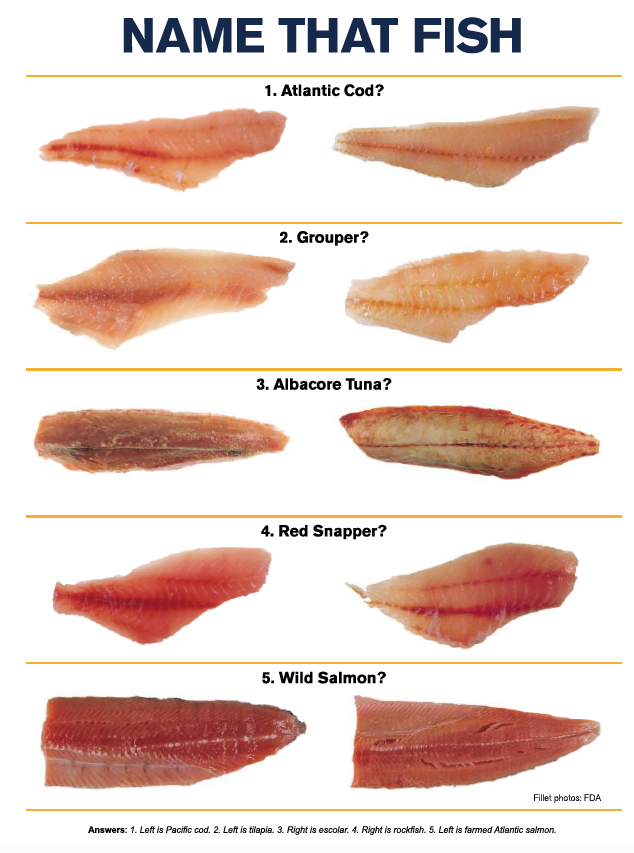For the past two years, OGL has had a secret. Our scientists have been quietly working with the New York State Office of the Attorney General to develop a DNA-based seafood monitoring program – the first such program to be conducted by a government organization in the U.S. Just before Christmas, the Attorney General released its report, so now we can tell you all about it.
Beginning in late 2017, New York State inspectors began secretly purchasing fish from 155 seafood markets across the state. They then sent the samples to OGL for analysis using our FDA-compliant, DNA-based seafood identification service. This was a blind study, meaning that OGL received tiny tissue samples with no identifying information that could bias our results.

Here is what the Attorney General’s report found:
- More than one in four (26.92 percent) seafood purchases with an identifiable barcode was mislabeled.
- About two-thirds of the supermarket brands reviewed had at least one instance of suspected mislabeling.
- Of the 12 chains with 10 or more samples tested, five had rates of suspected mislabeling that exceeded 50 percent.
- While mislabeling affected virtually every tested seafood category, there was rampant mislabeling of certain species. The results suggest that consumers who buy lemon sole, red snapper, and grouper are more likely to receive an entirely different fish. Similarly, consumers who bought what was advertised as wild salmon often actually received farm-raised salmon instead. Such consumers had often paid more money – on average 34 percent more – to avoid farm-raised fish.
- The substitutes were typically cheaper, less desirable species than the desired species. Snapper sold as red snapper, for example, tended to sell for half as much when properly labeled as another type of snapper.
- Some substitutes (e.g., lane snapper), had higher mercury levels or came from less sustainable fisheries than the desired species, raising consumer safety and environmental sustainability issues.
- Seafood mislabeling occurred across most regions of New York but was most widespread downstate. New York City had a staggering mislabeling rate (42.65 percent), with similarly high rates of mislabeling on Long Island (40.63 percent) and only slightly lower in Westchester and Rockland Counties (32.43 percent).
These results are disturbing, to say the least. Seafood mislabeling cheats the consumer, exposes the public to unnecessary health risks, and makes it harder to monitor and maintain sustainable fisheries.
On the bright side, the report highlights the usefulness of DNA-based testing and shows how it can be used to improve the quality, safety, and sustainability of the seafood that you buy in the store. OGL predicts that you will soon be seeing more studies like this groundbreaking report from the NY Attorney General, and we look forward to continuing our contribution to the science that makes it all possible.
To learn more about OGL and the study, see: News@NU and AP News.
Want to be a part of this important research? By making a gift to OGL, you can help support honest, safe, and sustainable fisheries.
